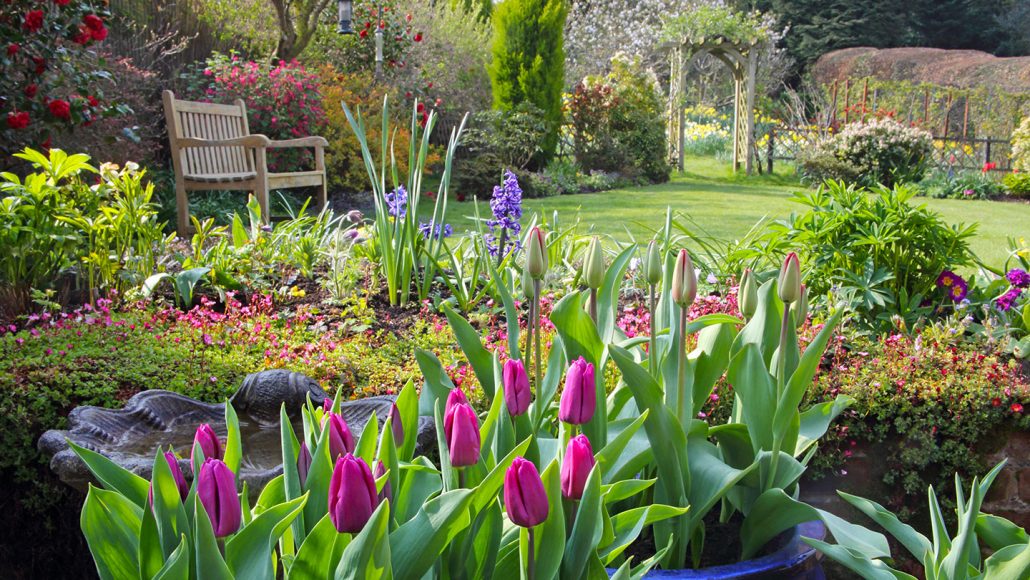Questions for “Urban gardens create a buffet for bees”

Gardens containing a variety of flowers with different shapes, colors and scents are an important source of nectar for a variety of pollinators.
Rosemary Calvert/Stone/Getty Images

Gardens containing a variety of flowers with different shapes, colors and scents are an important source of nectar for a variety of pollinators.
Rosemary Calvert/Stone/Getty Images